Astrolabe 27: The Sega Saturn Issue
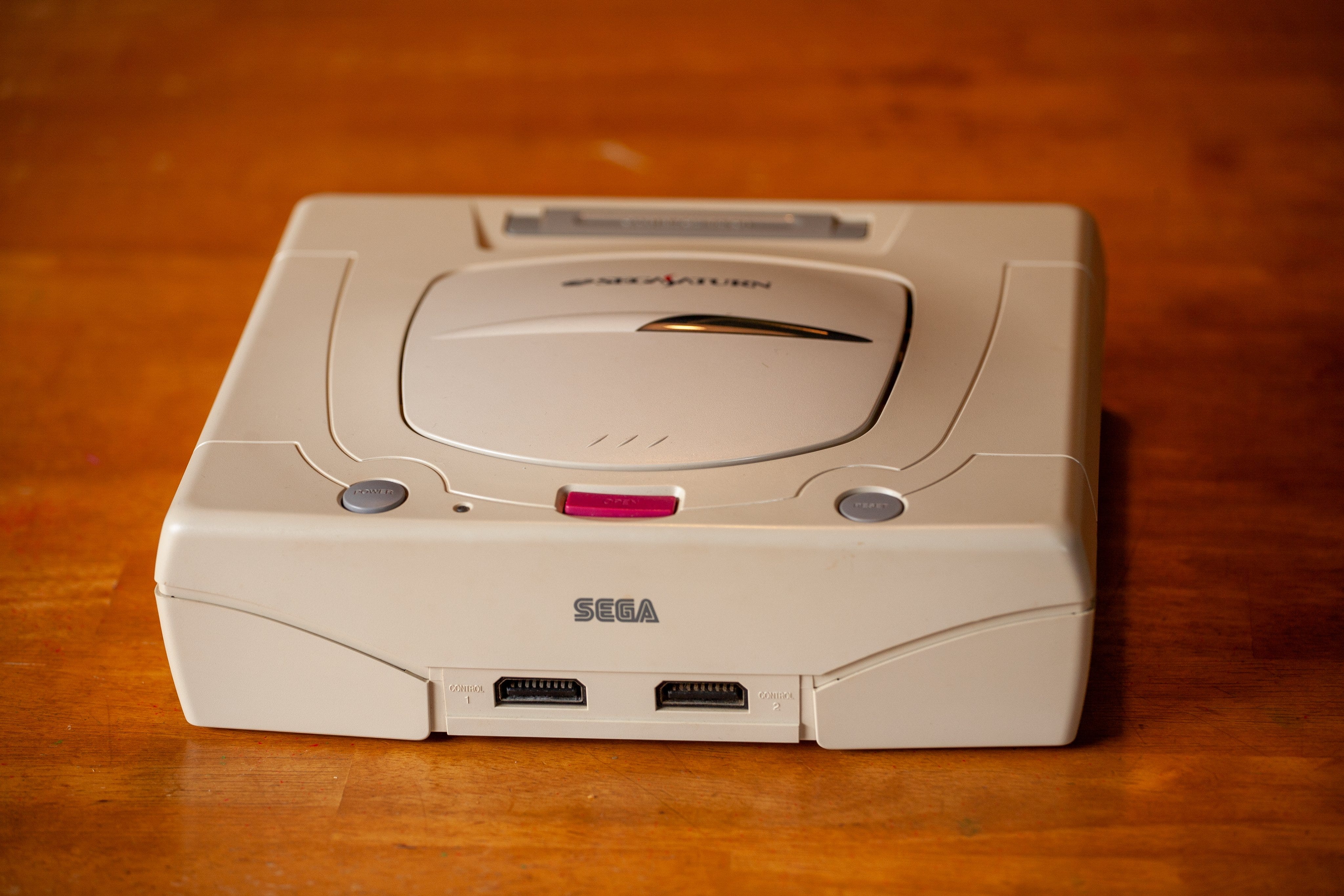
Y’all remember big theme issues from 90s gaming magazines like Electronic Gaming Monthly and Game Players? Well, they’re back—in newsletter form.
Welcome to Astrolabe’s Sega Saturn issue!
The Sega Saturn Issue
You probably didn’t own a Saturn. Frankly, you’ve probably never played a Saturn. It was a huge flop in the west thanks to the, erm, bold marketing strategy of a surprise release (which upset retailers who didn’t get the console), a last-minute shift to try to compete with Sony’s new PlayStation console and its impressive 3D graphics, and, honestly, just a really strange library of games.
That last bit might’ve been difficult to market, but now, 25 years later? That’s exactly what makes the Saturn so fascinating.
Over in Japan, the Saturn found a ton of success, leading to a library of Japanese games bursting with risk, creativity, and vision. It doesn’t always work, but exploring its library of games (since buying a console earlier this year—the first time I’ve ever owned a Saturn) has been an absolute delight. So, I want to dive into my experience with the console a quarter century later and shine a light on its vast, creative library of games—and what it means to have this trove of mostly undiscovered gems from a gaming golden age. Because the Saturn rules. Especially for a Japanese RPG fan like me.
“But, Aidan, the Saturn barely had any games, let alone JRPGs?”
That's the thing about the Saturn—it's an amazing JRPG console. Like, we're talking top tier... in Japan. In America, not so much. Its flat start, the still developing popularity of Japanese RPGs (before Final Fantasy VII’s release), and Sega's insistence on marketing only 3D games in the west doomed the system's amazing Japanese RPG from the start. But, in Japan, it’s got the best versions of Lunar: Silver Star Story Complete, Grandia, and Suikoden, along with unique titles from the creator of Phantasy Star, and a game that actually deserves its $1,200+ price tag, and now they’re easier to play than ever.
So, let’s go.
Sega Saturn Top 10
A game console’s only as good as its games, and for most western gamers, that’s the singular reason for the Saturn’s demise. But, spending time with the console’s library—even outside of its JRPGs—reveals a collection of games that’s quirky and experimental, capable of handling some of the most impressive 2D visuals of the era, and impressive versions of games beloved on competitor consoles.
So, what’s a theme issue without an arbitrary Top 10 list designed for angry responses about how it doesn’t include your favourite games?
Kicking off the list is *drumroll*:
10: Ogre Battle: March of the Black Queen — The definitive version of a classic strategy RPG from famed creator Yasumi Matsuno. Check out my Twitter thread on the impressive fan translation:
🧵An English localization for the Saturn version of Ogre Battle: March of the Black Queen was recently released. Rather than use the SNES script, this is a from-the-ground-up effort from aishsha, paul_met, Stardust Crusaders.
— Aidan Moher (@adribbleofink) 7:17 PM ∙ Apr 8, 2022
You can download it here: romhacking.net/translations/6…
9: Guardian Heroes — Beat ‘em up on three planes. Not airplanes. Like, foreground, middleground, and background.
8: Virtua Fighter/Racing — No list of Saturn games is complete without Sega’s genuinely impressive arcade ports.
7: Astal — The pinnacle of 2D graphics on the system? Maybe. The pinnacle of gameplay? Not so much.
6: Dragon Force — No, not the band.
5: Magic Knight Rayearth — Rieko Kodama doing magic schoolgirls in a bright, adventurous action RPG with a Working Designs localization? Sign me up. More below!
4: Grandia — The best version of a classic JRPG, now playable in English thanks to a fan hack to bring the English PlayStation script to the Saturn.
3: NiGHTS Into Dreams — I have no idea what’s going on. How was this supposed to be a Super Mario 64 killer?
2: Lunar: Silver Star Story Complete — Working Designs totally borked the difficulty of the official release on PlaySation, but now, like Grandia, you can play it at the intended difficulty thanks to the fans who’ve ported the English script to the Saturn. One of the all-time great JRPGs.
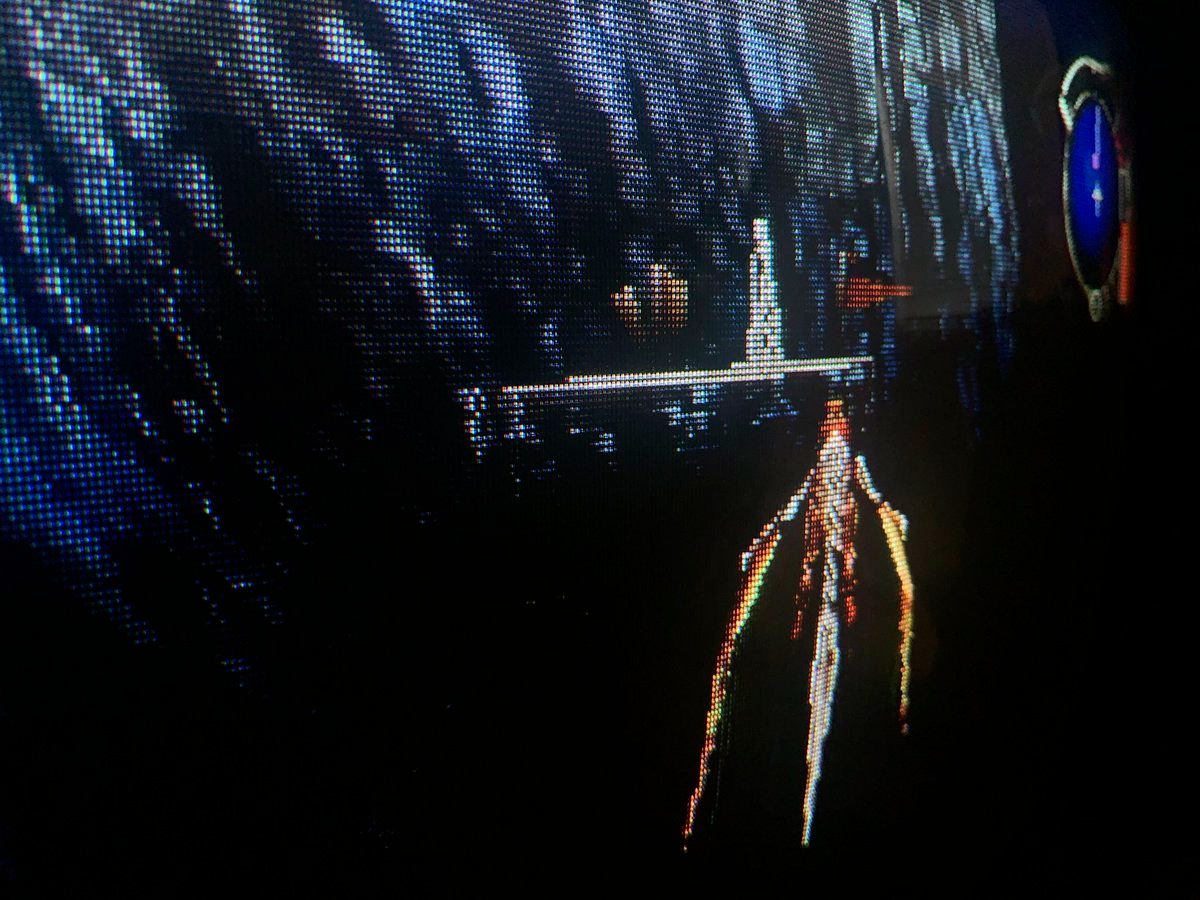
1: Panzer Dragoon Saga — A rare game that actually deserves in four digit price on the secondary market. For a wonderful perspective on the game and its unique impact, I recommend Retrograde Amnesia’s recent retrospective podcast mini-series.
Fenrir Duo Review
How exactly am I playing all these games?
The answer to that depends.
Are you a law authority covering copyright for abandoned games? If so, I found a bin of every Sega Saturn game ever released in a dumpster behind the 7-11, dumped them all onto my hard drive, and then threw out the physical copies.
If you’re literally anyone else, I’m using a wonderful device called an ODE. Specifically, I’m using a device called the Fenrir Duo—a new version of the ODE that fits in all Saturn models, regardless of whether it’s a 20-pin or 21-pin model. There are several different Saturn ODEs on the market, including the MODE (which also works for Sega’s Dreamcast console) and the Satiator (which fits in a slot on the system’s back, allowing you to keep the disc drive), but the Fenrir offers, in my opinion, the best value for your money.
Installing the Fenrir was incredibly simple—even with my weird Sanyo motherboard which had a small “Trap” board designed to impede mod-chips. Open it up, remove the optical drive, plug the power supply and data cable into the Fenrir, and… you’re done.
After a bit of trouble, got it going! Now going to try to set up Pseudo Saturn Kai to really mix/max my set up.
— Aidan Moher (@adribbleofink) 3:46 PM ∙ Oct 7, 2022
Going one step beyond the Fenrir installation, I also bought a 3D printed Fenrir mount from Laser Bear Industries, so the whole installation is really clean and solid—a tidy solution all around. Installing the mount was a bigger operation than just the ODE, but still generally easy—even if my Saturn model had about three times as many screws as the demo installation photos—as long as you’re prepared to set aside 45 minutes or so.
Installed my Fenrir Duo mount from Laser Bear Industries (@collingall) last night! My Saturn seemed to have three times as many screws as the demo install video, but it worked!
— Aidan Moher (@adribbleofink) 3:52 PM ∙ Oct 28, 2022
After installation, all you need is a microSD card with the latest firmware and a folder of games, and you’re good to go. (I’m not going to direct you to the Internet Archive if you’re looking for games—you’re going to have to figure that part out on your own.) The Fenrir itself lets you play games right out the gate with a super clean interface, the option for per-game thumbnails, and quick loading. Pair it with something like Pseudo Saturn Kai (a fan-made firmware for the Saturn that’s often used by flashing it to an Action Replay cart) and suddenly you’re able to use cheats, region patch on the fly, and access a host of other great features. It’s a true power user experience, and has made exploring the Saturn’s unique library a blast.
Three Saturn Games Worth Three Minutes
by Eric Layman
If there’s anyone I trust when it comes to weird Saturn games, it’s friend of the newsletter, Sega fanatic, and Retrograde Amnesia co-host Eric Layman. So, I invited him to this Sega Saturn special issue to recommend three strange games you’ve probably never played but are absolutely worth, eh… about three minutes of your time.
*hands microphone to Eric*
Vatlva (Ancient / 1996)
The developer of Streets of Rage and the pair of Oasis games made a…top-down, six player car combat arena brawler? Despite its simple presentation, Vatlva loads its vehicles with more weapons than the Saturn controller can properly handle and does not seem to mind enforcing a severe learning curve on car control. The result is a volatile but potent exhibition of competitive strategy and fortuitous explosions, and a chaotic contrast to Saturn Bomberman’s more controlled sense of personalized demolition. Vatlva is a perfect party game exactly once. Maybe twice if you can manage to hear Yuzo Koshiro’s soundtrack over its thunderous commotion.
Touryuu Densetsu Elan Doreé (Dragon Legend Elan Doree) (Sai-Mate / 1999)
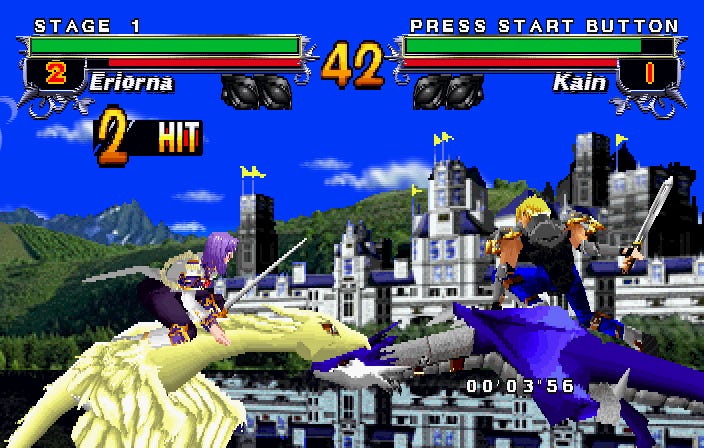
The Sega Titan Video board was budget-minded arcade hardware based on the Sega Saturn’s architecture. It was used to produce cult hits like Die Hard Arcade, Radiant Silvergun, and DecAthlete. The ST-V board was also employed by Sai-Mate to create Touryuu Densetsu Elan Doreé, a polygonal 3D fighting game where the combatants are mounted to adorable tiny dragons. It looks ridiculous. The novelty of this idea is better than its execution—Elan Doreé is not good—but it remains a singular creation. There will never be another fighting game featuring pastel dragons and their screaming jockeys.
Digital Dance Mix Vol. 1 Namie Amuro (Sega AM2 / 1997)
In a vacuum, Digital Dance Mix Vol. 1 is a collection of four austere minigames and a marginally interactive digitization of pop idol Namie Amuro performing two of her hit songs. From a technical standpoint, however, the digital dance mode may be the most impressive visual showcase on the platform. Construct a red string conspiracy map however you like, but a crossover between development staff and release timelines points to AM2 using Fighters Megamix and Digital Dance Mix Vol. 1 as mechanical and performance tests, respectively, for Virtua Fighter 3’s nixed port to the Sega Saturn. It’s pure spectacle, and the only invitation to wonder what a Model 3 arcade game may have resembled after a trip to 32-bit hardware.
Eric Layman is the co-creator and co-host of Retrograde Amnesia, A comprehensive classic JRPG podcast.In Memoriam: Rieko Kodama
I’m gutted. Learning Kodama’s story was by far one of my favourite parts of researching and writing Fight, Magic, Items. JRPGs owe so much to her willingness to buck trends, elevate women in a genre dominated by male heroes, and endless creativity.
— Aidan Moher (@adribbleofink) 1:32 AM ∙ Oct 27, 2022
May this phoenix rise again.
The gaming world was rocked in late October when the release of the Mega Drive Mini II included an memorial message for the legendary creator of Phantasy Star, Rieko Kodama. Her passing earlier this year was quickly confirmed by those who knew her, and an outpouring of grief from the gaming community underlined her vast importance to the medium.
An influential creator, Kodama helped shape the Japanese RPG genre from its earliest days when she worked with Yuji Naka and the rest of the team at Sega. She spearheaded Phantasy Star’s creative development, and encouraged her to team to go far and above the rest of the genre—including competitors Final Fantasy and Dragon Quest—when it came to representation for women.
Kodama was an immense talent, constantly pushing the genre in new directions, and created some of the best titles of all time, including Phantasy Star IV and Skies of Arcadia. She was a central figure in my book, Fight, Magic, Items, with full chapters devoted alongside Sakaguchi, Horii, and similarly legendary creators. I couldn’t have properly told the story otherwise.
She will be dearly missed.
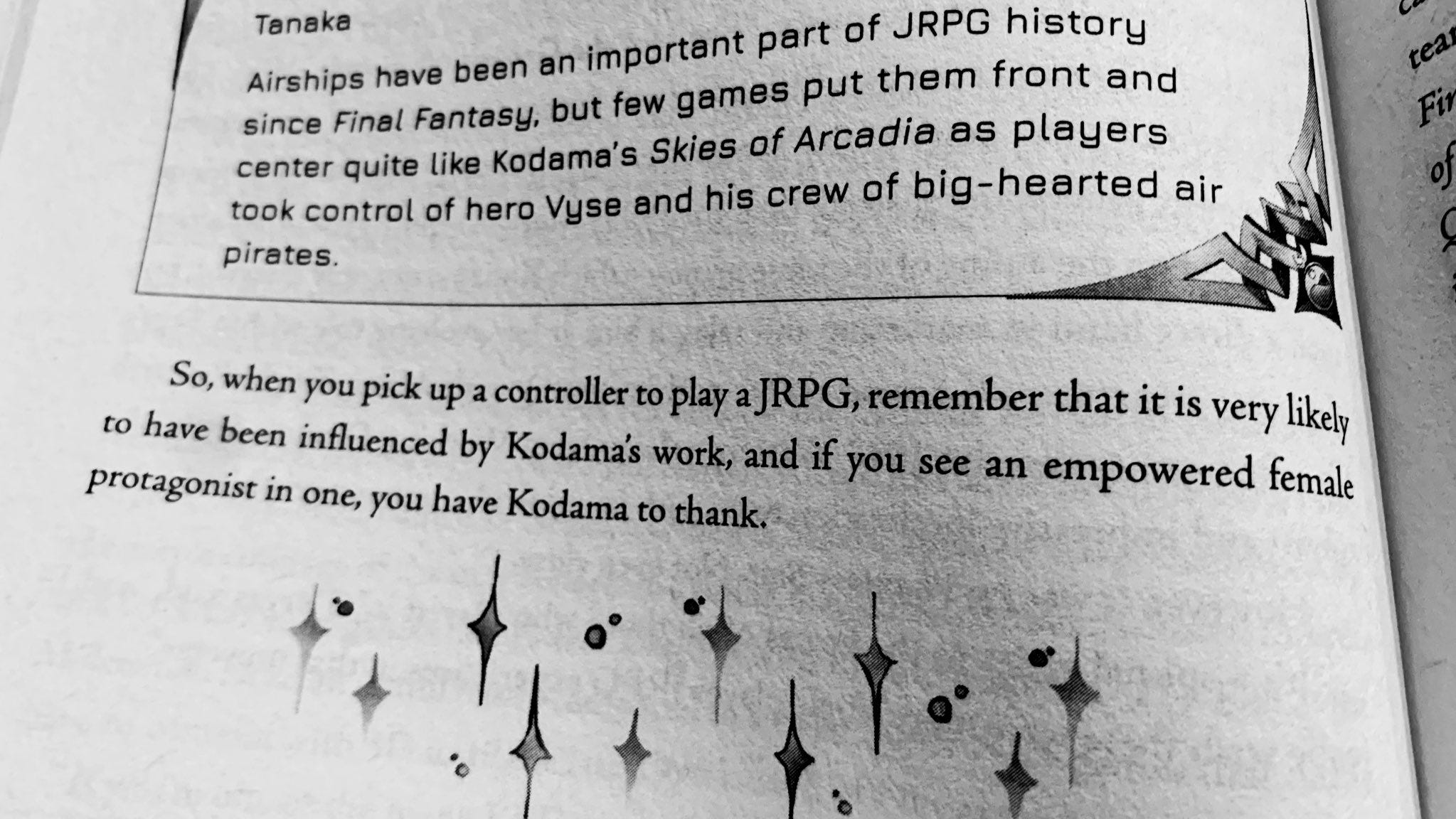
Out & About
Out & About is where I highlight my work around the web—some recent and some old favourites.A bonus episode draws near!
— Memory Card (@MemCardShow) 7:00 PM ∙ Nov 6, 2022
Command?
Fight
Magic
Items
→ Listen
Author @adribbleofink swings by to fill us in on his new JRPG history book (Fight, Magic, Items) and some cut content that's out of this world 🪐 memorycardshow.com/listen
Memory Card podcast: “Fight, Magic, Items, Saturn”
This week, I joined Ben Bertoli of the Memory Card podcast for a chat about how the Sega Saturn is secretly one of the best JRPG consoles of all time… just not in North America.
Listen to Memory Card: “Fight, Magic, Items, Saturn”
LTTP—Magic Knight Rayearth (Sega Saturn, 1995)
LTTP stands for “Late to the Party” and is a regular column where I let Twitter decide which retro game I’ll play for an hour. Do your worst, Twitter!When I first dreamed up this special Sega Saturn issue, I posted a poll to Twitter to choose from four classic Saturn JRPGs I'd never played before. With the news of Rieko Kodama's passing, however, I made the decision to forgo the poll results and focus on her Saturn game, Magic Knight Rayearth. (Serendipitously, it ended up tying with Shining Force III at the top of the poll.)
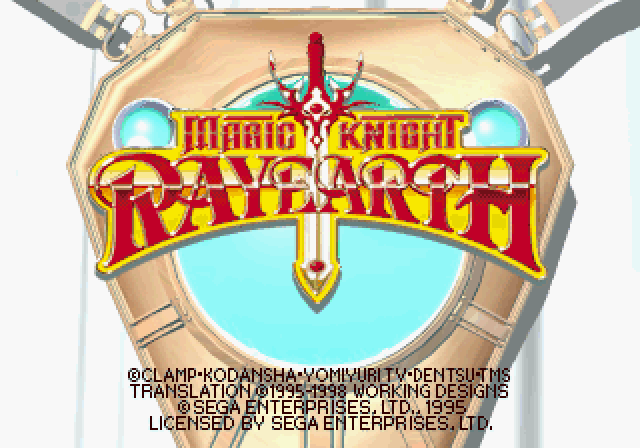
A product of its time, Magic Knight Rayearth, localized for the western market by the ever-verbose Working Designs, takes a while to get going. My first half hour with the game was spent wandering Tokyo Tower, reading a lot of dialogue (with hilariously-90s voice acting) and getting lost. I'm generally a Working Designs fan, so it was fun to get to experience a new story with their trademark warmth, humour, and verve. I'm also a sucker for isekai stories, so that's a nice combo to kick off Magic Knight Rayearth. Each of the three protagonists—Hikaru, Umi, and Fuu—show immediate personality and spunk, and it’s obvious how the three will play off each other in amusing ways over the game’s course. The fantasy world they’re thrown into is full of wonder and magic, and a delighfully maniacal cast of villains. It’s all very mid 90s anime, in a good way.
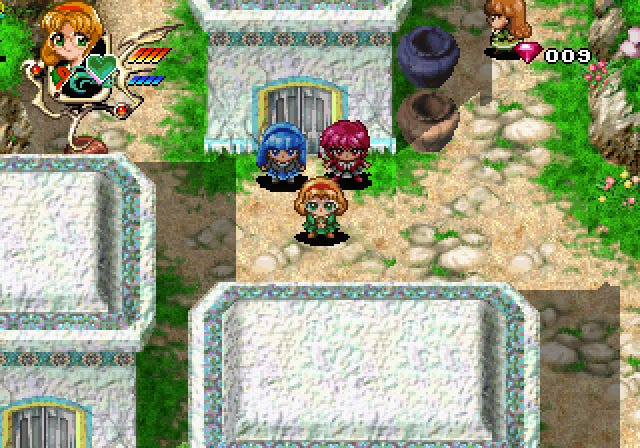
Above and beyond the fun story presentation, the game is an absolute looker, showcasing every ounce of the Saturn’s impressive 2D architecture. It’s vivid and colourful, gorgeously animated, and presents so much identity through every facet of its character designs, environments, cut scenes, and UI. It’s just nice to look at, and I wish we’d seen more of this in following console generations.
Exploration is a little confusing in the game’s first dungeon—which features large interconnected areas that look much the same, without access to a map. Combat at first feels clunky, with the characters using inadequate weapons with little range/power and limited mobility (having to stand still to attack is a bummer). But, once you complete the dungeon and defeat three mini-bosses, you’re awarded better weapons that dramatically improve the feel of combat. It’s not a seamless exploratory experience like a Zelda game, or even something like Illusion of Gaia, but it feels like a fair successor to something like Crusader of Centy—adequate, if lacking polish.

As a big fan of Working Designs’s translations—which, admittedly, aren’t for everyone—it’s an absolute delight to essentially play a brand new title from them in 2022. Nobody does it quite like WD, and that layered atop a genuinely delightful action JRPG romp with Rieko Kodama’s fingerprints all over it has added up to one of my gaming highlights for the year. I’ll absolutely be seeing this one through to the end.
Magic Knight Rayearth was released for the Sega Saturn in 1995 (Japan) and 1998 (North America). It has not received any official rereleases.Recommended Read

Itchy, Tasty: An Unofficial History of Resident Evil by Alex Aniel
Having a written a video game history book myself, I’m always interested in digging into other books that explore areas of gaming that are otherwise unfamiliar. Alex Aniel (better known as cvxfreak in many parts of the Internet) is a foremost expert on Capcom’s survival horror classic, and one of the best people to dig into its rich history, In Itchy, Tasty: An Unofficial History of Resident Evil, Aniel pulls back the curtain on the series’s surprise origins, provides great insight into its development and popularization, and speaks to many of the creators in this easy-to-read, well researched and reported history.
Midway through the book, Aniel specifically unpacks Resident Evil’s history on Sega hardware, starting with the original game’s unusual Sega debut, revealing why Resident Evil 2 never came to the Saturn, and why Resident Evil Code: Veronica should’ve been called Resident Evil 3 instead.
Fun fact: The Sega Saturn used square polygons instead of traditional triangular polygons, giving its version of Resident Evil, Tomb Raider, and similar cross-platform titles a distinct (and unsettling) look.
From Itchy, Tasty:
The rivalry between PlayStation and Saturn is legendary, in part because the competition was ultimately between the different philosophies of their manufacturers. Although they were both 32-bit consoles with CD drives, the systems’ similarities probably ended there. Saturn was originally designed with a unique architecture that offers advanced, 2D games while also supporting 3D. PlayStation, on the other hand, was designed primarily for polygonal 3D games and had a reputation for being the easier of the two to develop for, thanks to its more orthodox architecture.
Buy Itchy, Tasty: An Unofficial History of Resident Evil by Alex Aniel
Quest Markers
Quest Markers is a collection of the coolest stuff I’ve read around the web lately.- The Ruinous Road of Gaming’s Missing Masterpiece (The Ringer)
- The Lost Child of a House Divided: A Sega Saturn Retrospective (USgamer)
- How A Series Of Bad Decisions Led To The Sega Saturn Failure (Game Informer)
- Podcast: Retronauts Episode 297: Sega Saturn (Retronauts)
- YouTube: Sega Saturn :: RGB209 (My Life in Gaming)
- Saucy 'lost' Sega FMV game from the '90s is found (PC Gamer)
- Best Saturn games of all time from Die Hard Arcade to Panzer Dragoon Saga (GamesRadar+)
- This Cheap Hack Runs Sega Saturn Games From The Console's Controller Port (Time Extension)
- Panzer Dragoon Creator Reveals the Original Idea for the Series, and It's Even Weirder Than You'd Expect (USgamer)
- It’s Been 25 Years Since Sega Of America Made Its Biggest Ever Mistake (Forbes)
- Podcast: Console RPG Quest: The Sega Saturn (Axe of the Blood God)
- Sega Has Considered Dreamcast & Saturn Mini But Is Worried About Extreme Costs (Nintendo Life)
- YouTube: Sega Saturn — Feat. Greg (Did You Know Gaming?)
- Why the Saturn was the worst major console of all time (CNET)
- Dragon Force: A game I’ve waited 20 years to play (Destructoid)
- Saturn's misfortune: how Sega was forced to abandon console manufacturing (Dynamic-Mess.com)
- Sega Saturn rereleases accidentally cause a great emulator (PC Guide)
- Podcast: Panzer Dragoon Saga E1: The Dream of a Salary Man (Retrograde Amnesia)
End Step
Wow. First issue back on Substack and it’s a doozy. Discovering the Saturn’s library has been one of my all-time favourite gaming experiences—like unearthing a lost 32-bit console. What’s your favourite game or console that went totally under the radar?
Support
There are lots of ways to support Astrolabe and my other work. Check ‘em out!
Keep In Touch
Enjoy Astrolabe? Want more SFF and retro gaming goodies? You can find me on Twitter and my website.
Credits
Astrolabe banner photo by Shot by Cerqueira on Unsplash


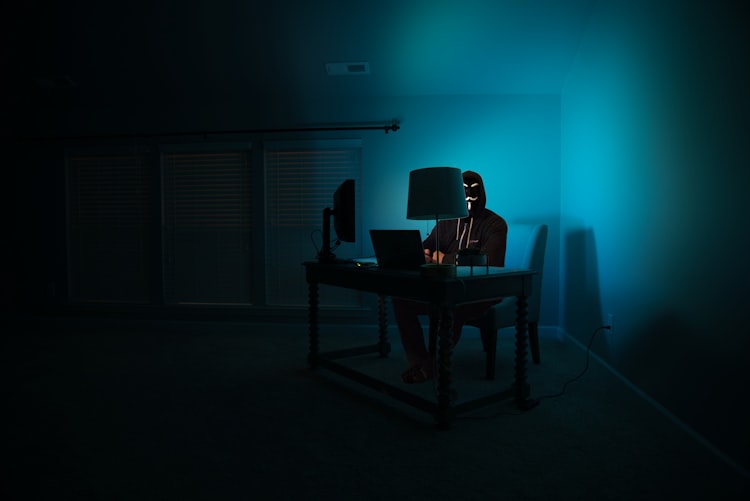
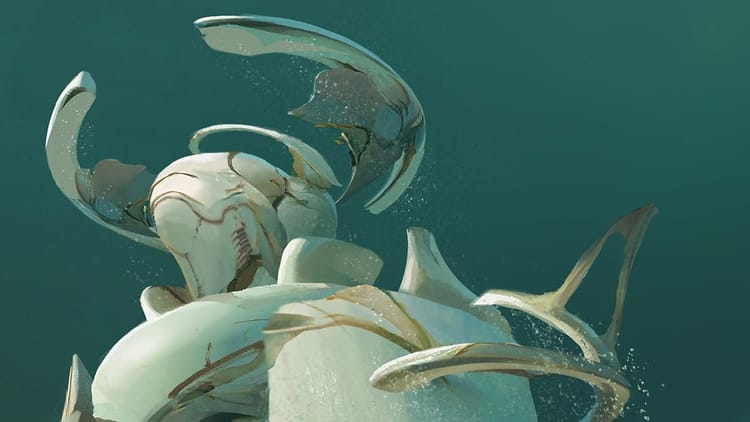
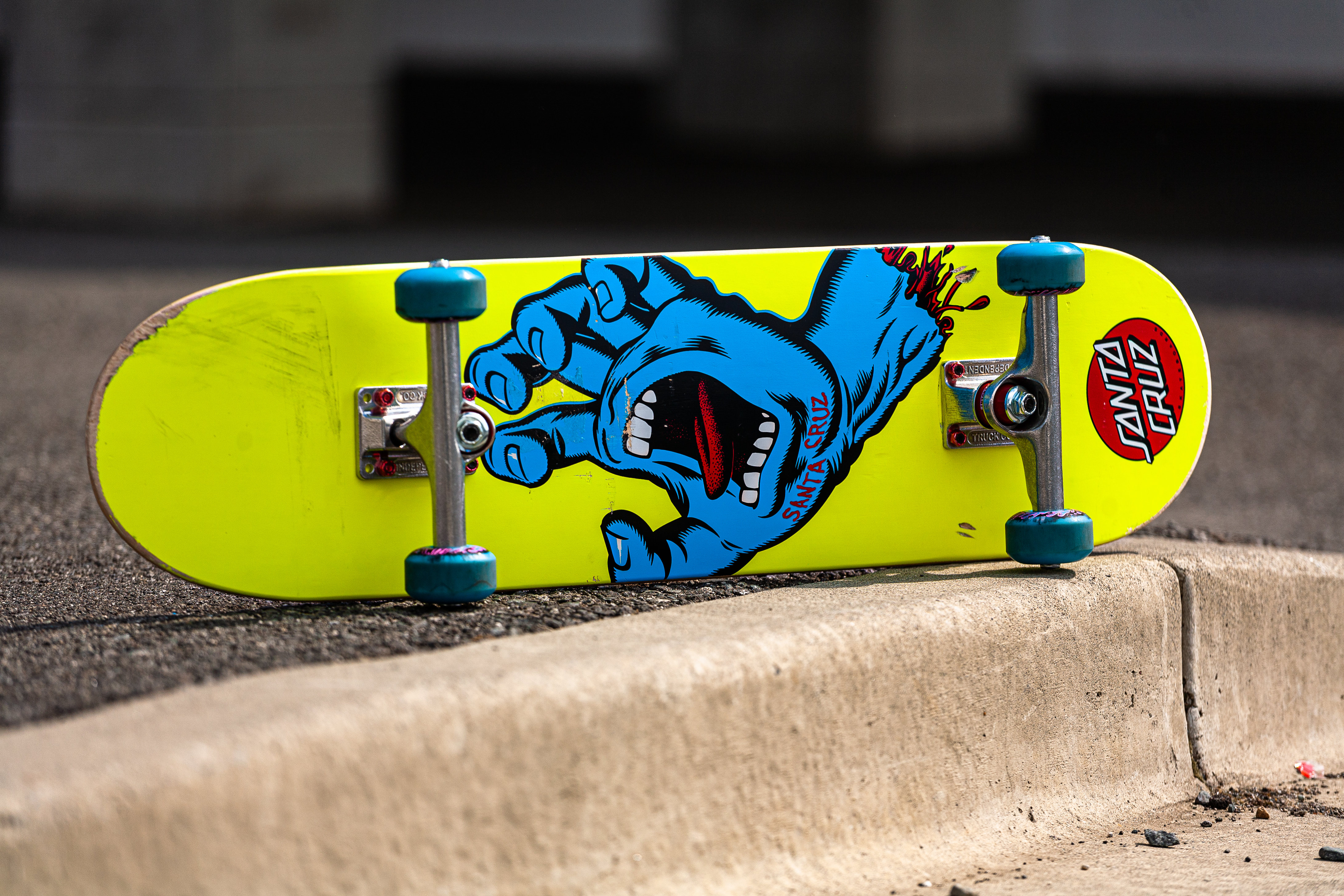

Member discussion